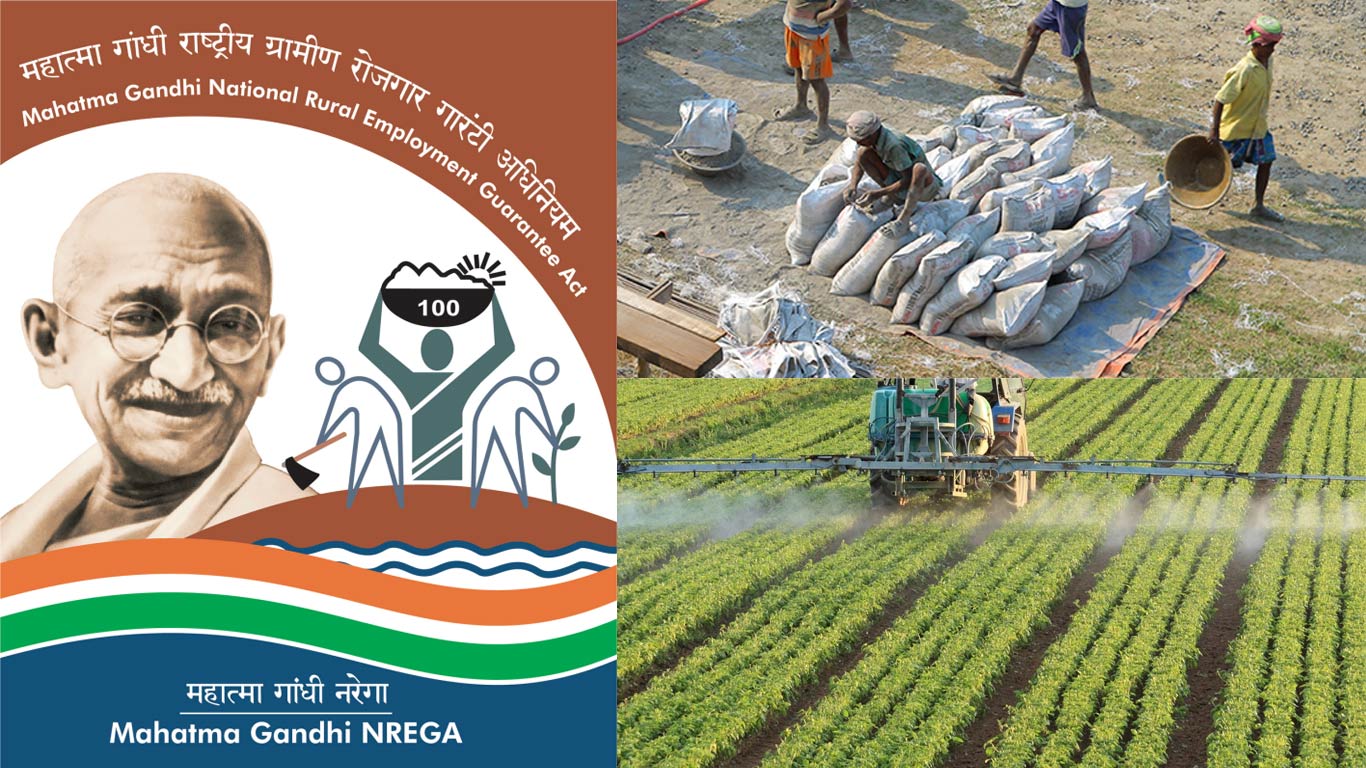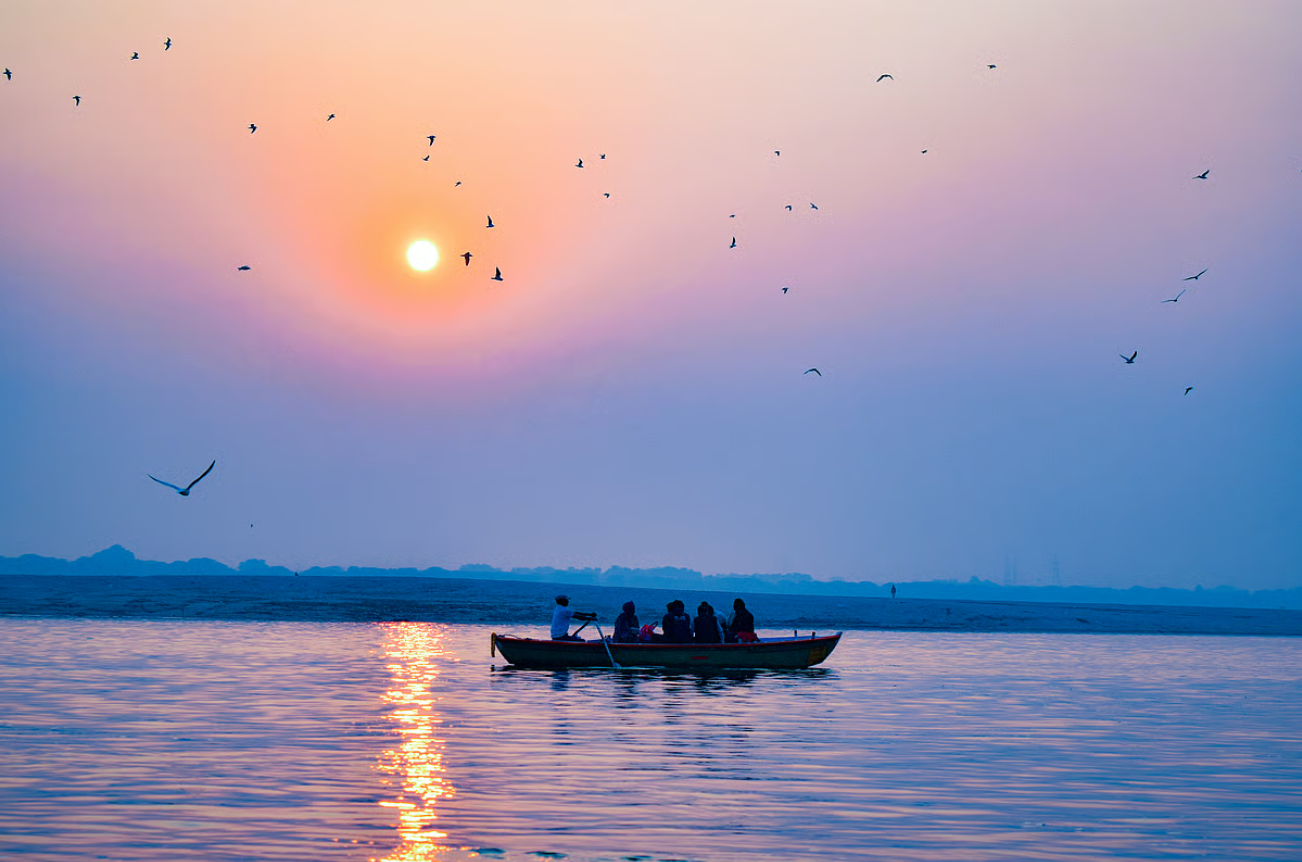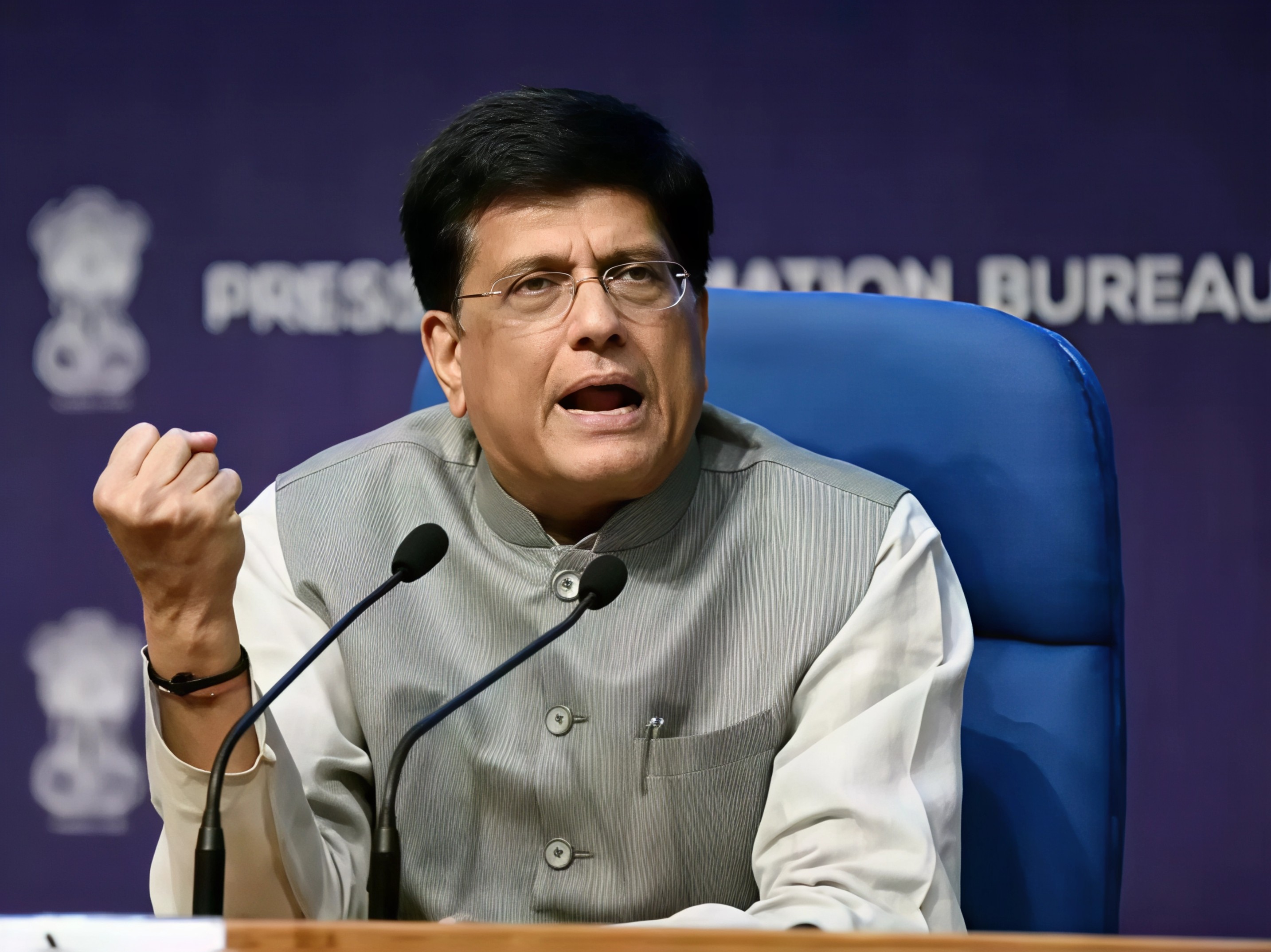Uttar Pradesh is taking a bold step to restore its rivers and reconnect rural communities with their natural water systems. As part of an expansive revival mission, the state is working to rejuvenate 50 rivers covering more than 3,300 kilometres under the Namami Gange programme. This initiative, which targets both environmental restoration and sustainable development, has already reached over one thousand Ganga Gram Panchayats and is now gaining nationwide attention.
The effort comes at a time when water quality and river health across the state have been under intense scrutiny. Earlier this year, the National Green Tribunal issued strong remarks about the worsening condition of the Hindon River due to unchecked pollution. Similarly, the Ganga, despite years of clean-up campaigns, continues to suffer from sewage and waste disposal issues. Rather than waiting for a crisis to deepen, the state has now pivoted toward a proactive solution aimed at long-term impact.
The new campaign focuses not only on large rivers but also on seasonal streams and forgotten tributaries that have dried up over the years. Rivers like the Noon in Kanpur, Kukrail in Lucknow, Tilodki in Ayodhya, Pili in Jaunpur, and Belan in Sonbhadra are all undergoing restoration. The work involves clearing blocked channels, removing illegal encroachments, and allowing natural water flow to resume. These changes have already begun to recharge groundwater levels, easing water stress in many farming communities.
A key pillar of the revival campaign is its integration with the Mahatma Gandhi National Rural Employment Guarantee Act. Through this rural employment scheme, more than eighty river-related projects have been carried out. These include desilting, building embankments, deepening riverbeds, restoring watersheds and strengthening natural catchments. Not only does this improve water availability and flood control, but it also provides steady employment to local residents, especially in rural and semi-rural districts.

Beyond infrastructure, the state is also investing heavily in ecological sustainability. Nearly nine hundred plantation sites have been developed along riverbanks. These afforestation drives are helping stabilise the soil, reduce erosion, support biodiversity and offer long-term climate protection. Trees along riverbanks create a natural buffer against floods while cooling microclimates and nurturing wildlife habitats.
Water retention is another area seeing substantial progress. Over three thousand ponds have been constructed or reinforced across rural pockets. These ponds serve multiple roles from irrigating crops to providing water for livestock and drinking purposes. In areas prone to drought, they offer a lifeline during dry months and improve water security for entire villages.
While the momentum is promising, the bigger question is whether these efforts will endure. Reviving a river goes far beyond removing silt or planting trees. It requires a fundamental shift in how people view and treat water. In India, rivers hold a sacred place in culture and tradition, yet paradoxically they often become dumping grounds for waste and pollutants. Changing this mindset is critical.
If communities begin to value rivers not just as resources but as living systems that sustain life and connect generations, the impact of this revival can be truly transformative. Schools, local leaders and citizens will need to play an active role in preserving the progress made so far. The success of this campaign depends on more than policy it depends on people.
For now, Uttar Pradesh’s river revival project stands as a hopeful blueprint. It combines environmental action, rural development and cultural reconnection into one cohesive strategy. As other states watch closely, this initiative could spark a larger movement to restore India's forgotten rivers and ensure water resilience for the future.
Stay updated on more such travel and sustainability stories by following Travel Moves on Instagram and Facebook.








